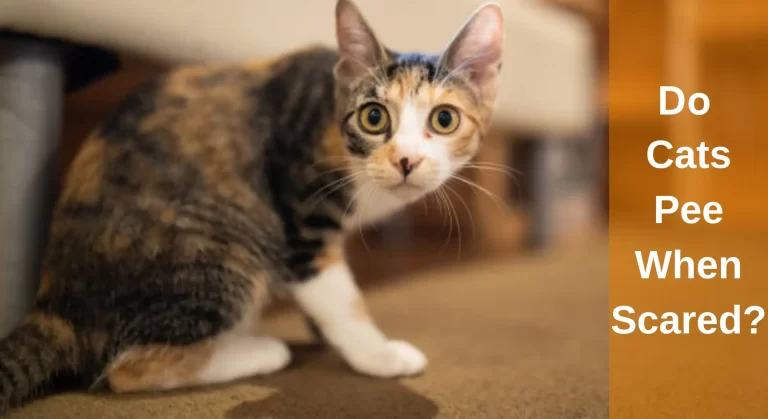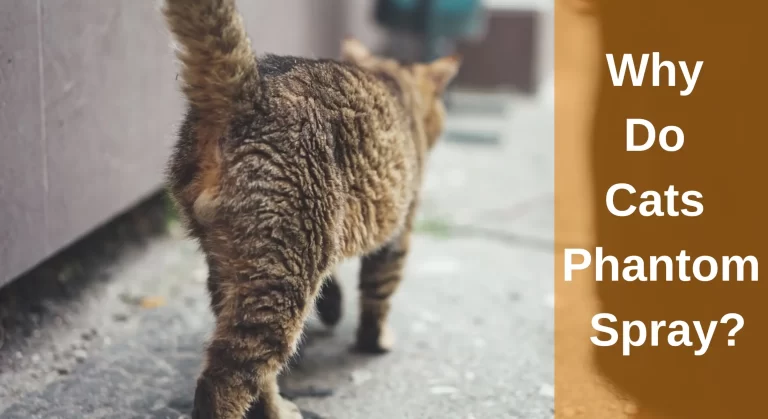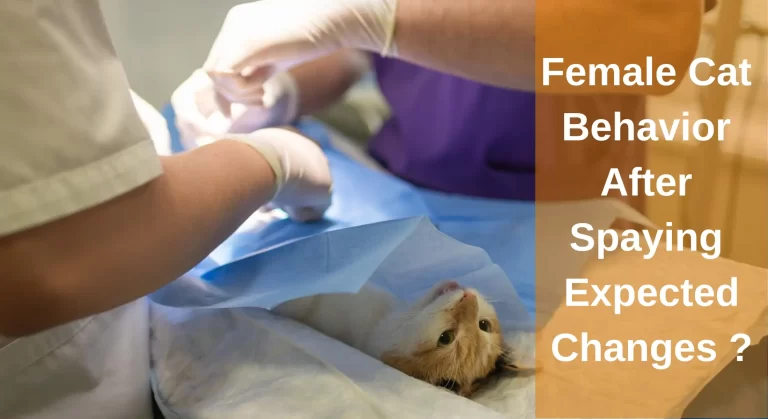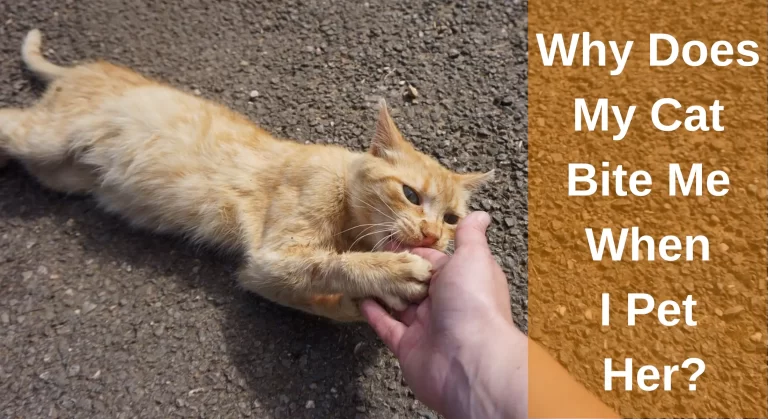Why My Cat Keeps Peeing In The Same Spot And How To Stop?
Cat urine contains strong proteins that cats use to mark their territory, creating an odor that is virtually hard to eradicate. Wetting the crystallized proteins can frequently bring back the odor. It may be stressful and draining.
Cats may pee in inconvenient places as a result of health issues, behavioral issues, or stressful events. Once you’ve established what’s causing these issues, you may take care to avoid peeing in inappropriate areas.

Reasons Why Cat Keeps Peeing In The Same Spot
Environmental Aspects
The environment influences how a cat behaves. For example, an indoor cat may spend more time urinating in the same spot because that is the only place she can relieve herself.
Gestation
Because of hormonal changes during pregnancy, the cat may experience pain. She may also attempt to alleviate the agony by urinating in the same location.
Your Cat Will Not Use The Box
Some cats are opposed to utilizing the litter box. If your cat likes to urinate outside the litter box, it might be attempting to communicate with you. Adjust the box’s position so that your cat has to go a long distance to reach it.
Problems with Behaviour
For many reasons, cats may begin to urinate in and on the same region of the floor. Cats’ urination patterns may vary as a result of annoyance, stress, or anxiety. When someone comes or goes into the house; your cat litter habits may also get changed. They may also “mark” areas of the house with urine to establish their territory.
Routine
She may eventually quit wandering to different spots to urinate. She could eventually pee in the same location. This might happen for a variety of reasons, including:
- She may link the location with anything pleasurable.
- She could associate the location with her owner. It’s possible she’ll link it with her feeding dish.
Fear
Fearful behavior is one of the reasons cats continue to urinate in the same place. When a cat feels threatened, he attempts to flee. He may even urinate in the same location to designate it as safe.
Creating Territory
When a cat establishes his territory, he will urinate in a comfortable location. The urine acts as a scent, helping him to identify his own odor from the odors around him. Neutered cats usually establish their territory by urinating many times in the same spot.
The Litter Box has not been Adequately Cleaned
A cat cannot be expected to constantly use a clean litter box. Teaching your cat where to discharge itself takes time and effort. If your cat keeps peeing in the same location because there isn’t a litter box nearby.
Medical Issues
Urinary system issues, such as bladder stones, bacterial infections, and other inflammatory disorders that cause discomfort and an increased desire to pee, can lead to inappropriate urinating on the floor.
- Cats with kidney and liver problems may drink and urinate more often.
- Age-related cognitive function decreases and hormonal illnesses such as diabetes might cause changes in urine behaviour.
- Pain, stiffness, or weakness caused by nerve, muscle, or joint diseases may make it difficult for a cat to reach or enter the litter tray.
If your cat is peeing inappropriately on the floor, make an appointment with your veterinarian for a thorough medical examination and assessment.
Stress
Cat owners usually have difficulty understanding their cats’ behaviour, and judging whether their cat is distressed might be tough. Cats loathe disruptions to their routines, and a sudden change in their environment can have a significant impact on their behavior. If you’ve just relocated or returned from a lengthy trip, your cat may urinate in unusual places.
Interesting Reading: How to Make a DIY Cat Diaper?
How To Stop A Cat From Peeing In The Same Spot?

- Maintain a clean and odor-free litter box.
- To deter your cat from marking his territory, use a spray bottle filled with water. Urine should be sprayed away from any furniture or walls.
- Once a week, change the bedding.
- Place the litter box somewhere else. If you do not remove the litter box, your cat may associate it with urinating.
- Give your cat dry kibble instead of wet food. Because wet food has more moisture than dry food, your cat will take in more water. He loses weight more quickly when he consumes dry food.
- Cats like scratching their claws on a variety of surfaces. A scratching post provides a secure location for your cat to scratch his nails.
- Reward your cat when he goes outside.
- Make it clear to your cat that going outside implies having fun.
- Check to see whether your cat is receiving enough exercise.
- Make sure your cat’s litter box is at least 1.5 times its length so it can comfortably dig and turn around.
- If a new cat is introduced into the house, numerous litter pans for each cat must be provided.
- Cats may develop a predilection for urinating on specific surfaces, such as a hardwood floor or a carpet. Access to the impacted area or item may be restricted.
- Several kinds and types of cat litter you may try until you find one that your cat will choose. Sand or clay litter is preferred by certain cats, whereas wood pellets are preferred by others.
- The vet might talk about feline pheromone sprays and diffusers, which can help calm frightened or anxious cats.
Check Out: How To Stop A Cat From Peeing On Clothes?
Frequently Asked Questions
The Bottom Line On Cat Keeps Peeing In The Same Spot
If you’ve tried everything to encourage your cat to stop peeing in the same spot, you’re probably dealing with a bigger issue. If you haven’t found a solution, it’s time to seek professional help. There are several veterinarians that specialize in feline ailments and concerns. Your veterinarian can diagnose urinary tract infections and kidney issues in your cat and provide appropriate treatments.
Who is Isabella?
My name is Isabella, and I am a dedicated and knowledgeable cat enthusiast. With years of experience caring for cats and a deep love for felines, I made a mission to help other cat lovers navigate the challenges of cat ownership.






